Focus on investing in planting and linking value chains for medicinal herbs
Cao Bang is known as a treasure trove of many rare medicinal herbs such as Gynostemma pentaphyllum, Polygonum multiflorum, Amomum, Honeysuckle, Angelica and many other traditional medicinal plants. Therefore, the province has identified medicinal plants as one of the key crops, in the orientation of developing commodity agriculture associated with the value chain.
The emergence and development of cooperatives in the field of medicinal herbs is the key factor that makes the difference. If in the past, individual farmers often encountered difficulties in finding output, accessing capital and technology, now with the cooperative model, these barriers are gradually removed.
Medicinal cooperatives in Cao Bang often operate in a closed process, bringing many practical benefits to members. In particular, cooperatives proactively cooperate with large enterprises, medicinal processing factories or pharmaceutical companies to sign contracts to consume output products for farmers. This helps farmers feel secure in production without worrying about the consumption market or being forced to lower prices. Prices are agreed upon from the beginning of the season, ensuring stable profits for growers.
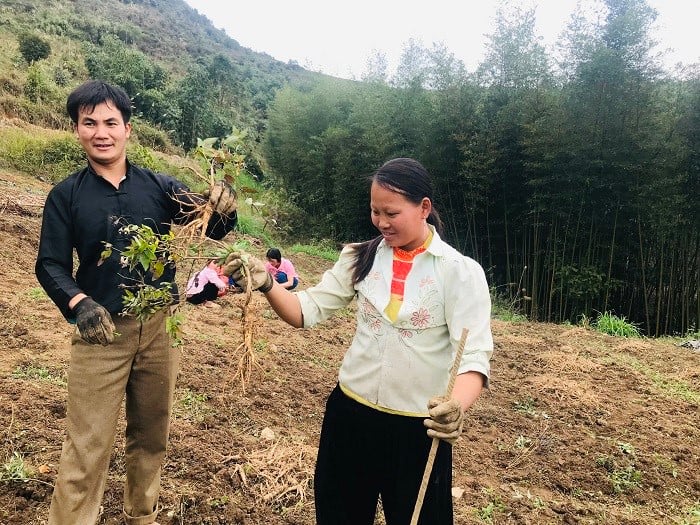
Growing medicinal herbs - a new source of livelihood to help sustainably reduce poverty for people in Cao Bang
In addition, cooperatives regularly organize training courses, invite agricultural and medicinal experts to guide people from the stages of selecting seeds, preparing land, planting, caring, and preventing pests and diseases using organic methods (or meeting GACP-WHO standards - Good practice in cultivation and harvesting of medicinal plants as recommended by the World Health Organization), to harvesting and processing with the right techniques. This helps products meet quality standards and increase economic value.
Ms. Ha - a member of the Dong Bac Medicinal Herbs Cooperative shared: previously her family was poor, worrying about food all year round. Since joining the cooperative, receiving support for seeds, guidance on growing techniques and having products purchased, income has increased significantly. "Last year, my family earned more than 60 million VND from 3 sao of medicinal herbs. That amount of money was enough to raise children and repair the house," Ms. Ha said.
Similarly, in Chongqing – where the climate is favorable for cardamom – many households have come together to form cooperatives. Thanks to technical guidance from agricultural extension officers and cooperation with purchasing enterprises, cardamom has become a “poverty-escape tree”. After harvesting, cardamom leaves are carefully processed, and cardamom seeds are sold at stable prices, bringing in a steady income.
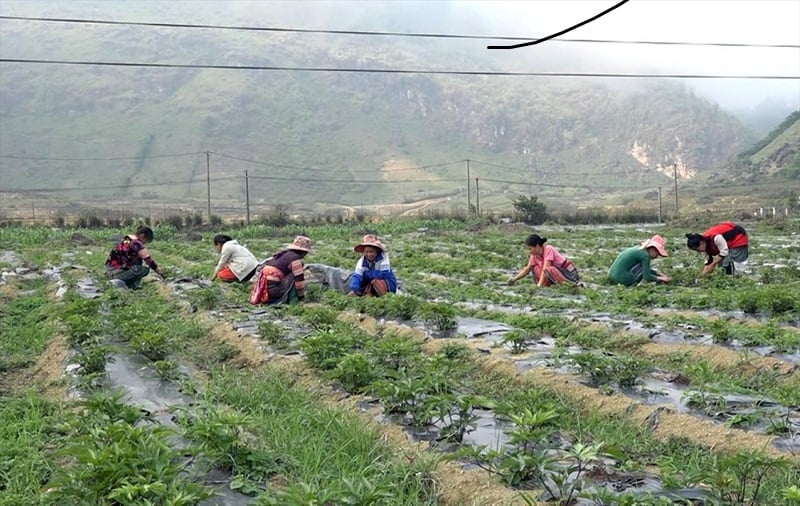
People convert ineffective crops to medicinal plants that bring high economic efficiency and sustainability.
Not only Gynostemma pentaphyllum or Amomum, many other medicinal herbs such as Angelica sinensis, Codonopsis pilosula, Polygala tenuifolia… are also being planned for growing areas, applying the cooperative model, contributing to creating stable jobs for thousands of local workers, especially women and ethnic minorities.
At Ha Quang Medicinal Plants Cooperative, members take advantage of the local natural advantages to develop medicinal plants. The Cooperative has implemented models of growing Ngoc Linh ginseng, Polyscias fruticosa and many other medicinal herbs, contributing to increasing income and creating jobs for hundreds of households.
People actively respond to the conversion of medicinal plants
Cao Bang is a province with great potential for medicinal plants thanks to its diversity of species, soil and climate conditions favorable for many rare species. According to the assessment of the Institute of Medicinal Materials, the province currently has more than 600 medicinal plant species used at different levels.
Notably, the Project on Diversifying Livelihoods and Developing Poverty Reduction Models has received positive responses from the people. With a total investment of more than 4.6 billion VND, the commune has supported 52 households in Kenh Nghieu hamlet and Ban Lan - Na Lung (Ha Lang commune) to plant 28.5 hectares of purple cardamom. This is a medicinal plant suitable for the local climate and soil, has high economic value and is easy to consume. People are instructed on planting techniques, care, pest control; and are provided with seeds and fertilizers according to the process.
Some households have boldly invested in additional areas, combining banana and star anise planting to increase income. It is expected that by the end of November 2025, the entire area of purple cardamom will be accepted and 100% of the plan will be disbursed.
In addition to purple cardamom, the commune also encourages people to expand the model of raising cows for breeding, growing mulberry, tobacco and native fruit trees. These models not only create jobs on the spot but also help people change their production mindset, moving from "waiting for support" to "proactively investing and generating income".
Mr. Phung Sanh Khuan, a Dao ethnic in Minh Long commune, has converted his area from growing cassava to growing angelica and platycodon grandiflorum. He received technical support from officials of Nguyen Binh Cooperative throughout the planting and care process. After harvesting, people bring medicinal tubers to the Cooperative to purchase and transport to the factory. With a price of 25,000-30,000 VND/kg, income from medicinal herbs is 2-3 times higher than that of cassava, corn, and cassava.
It can be seen that the development of medicinal herb cooperatives and groups is helping Cao Bang gradually affirm its position on the map of medicinal herbs in Vietnam. The goal is not only to reduce the poverty rate but also to build a high-quality, sustainable medicinal herb agriculture, creating Cao Bang branded products to reach the international market.
According to the assessment of the functional sector, medicinal plants not only bring economic value but also symbolize transformation - hope for a brighter future for the people of Cao Bang, where natural potential is awakened and human values are maximized through the strength of the cooperative model.
Source: https://suckhoedoisong.vn/cao-bang-giam-ngheo-tu-vuon-duoc-lieu-169251117220653255.htm



![[Photo] Close-up of heavy damage at the school located on the banks of the Ban Thach River](/_next/image?url=https%3A%2F%2Fvphoto.vietnam.vn%2Fthumb%2F1200x675%2Fvietnam%2Fresource%2FIMAGE%2F2025%2F11%2F26%2F1764152130492_ndo_bl_img-8188-8805-jpg.webp&w=3840&q=75)
![[Photo] VinUni students' emotions are sublimated with "Homeland in the Heart: The Concert Film"](/_next/image?url=https%3A%2F%2Fvphoto.vietnam.vn%2Fthumb%2F1200x675%2Fvietnam%2Fresource%2FIMAGE%2F2025%2F11%2F26%2F1764174931822_10-3878-jpg.webp&w=3840&q=75)



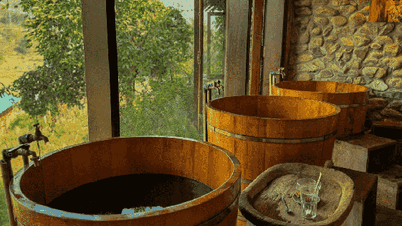


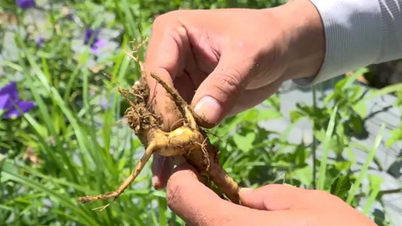
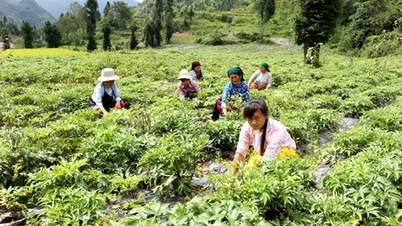





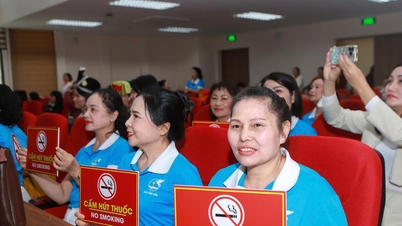

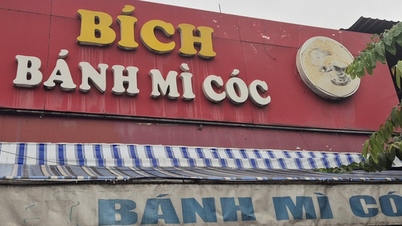

















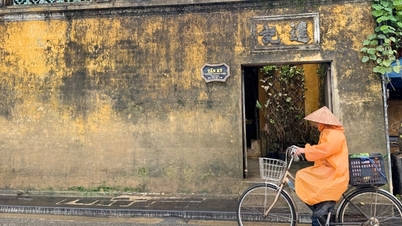



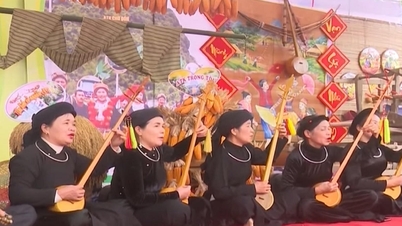

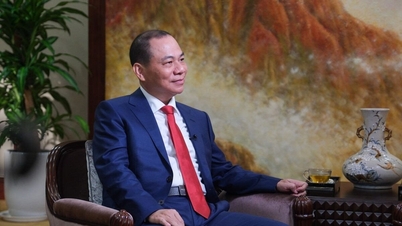





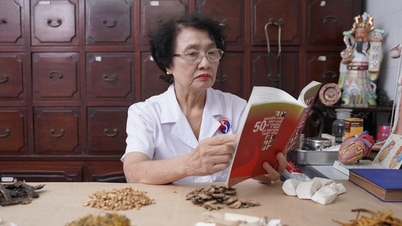
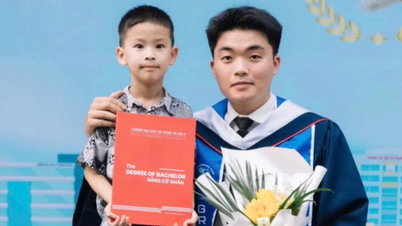

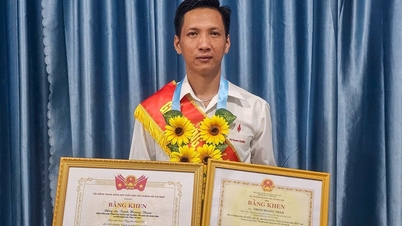





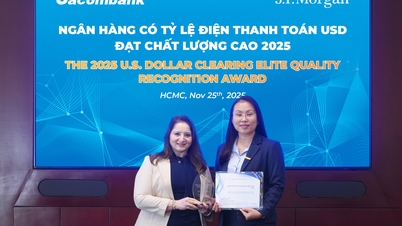

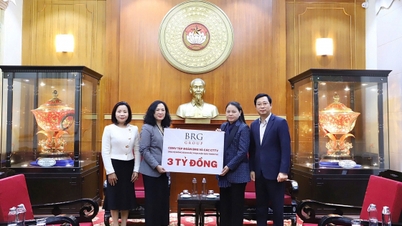











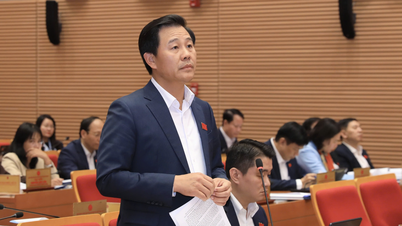
![[Photo] Opening of the 28th Session of the Hanoi People's Council](https://vphoto.vietnam.vn/thumb/402x226/vietnam/resource/IMAGE/2025/11/26/1764155991133_image.jpeg)








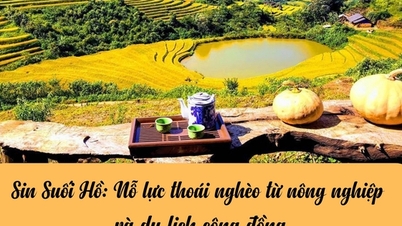


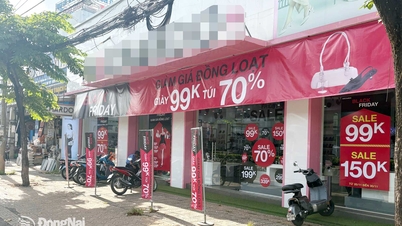

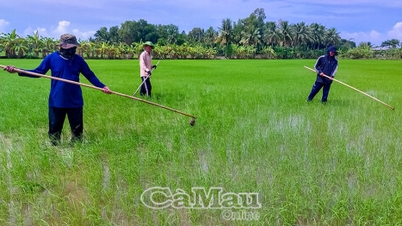
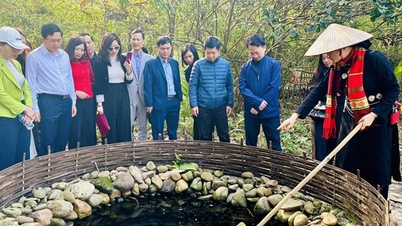



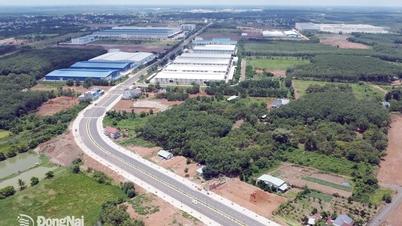















Comment (0)